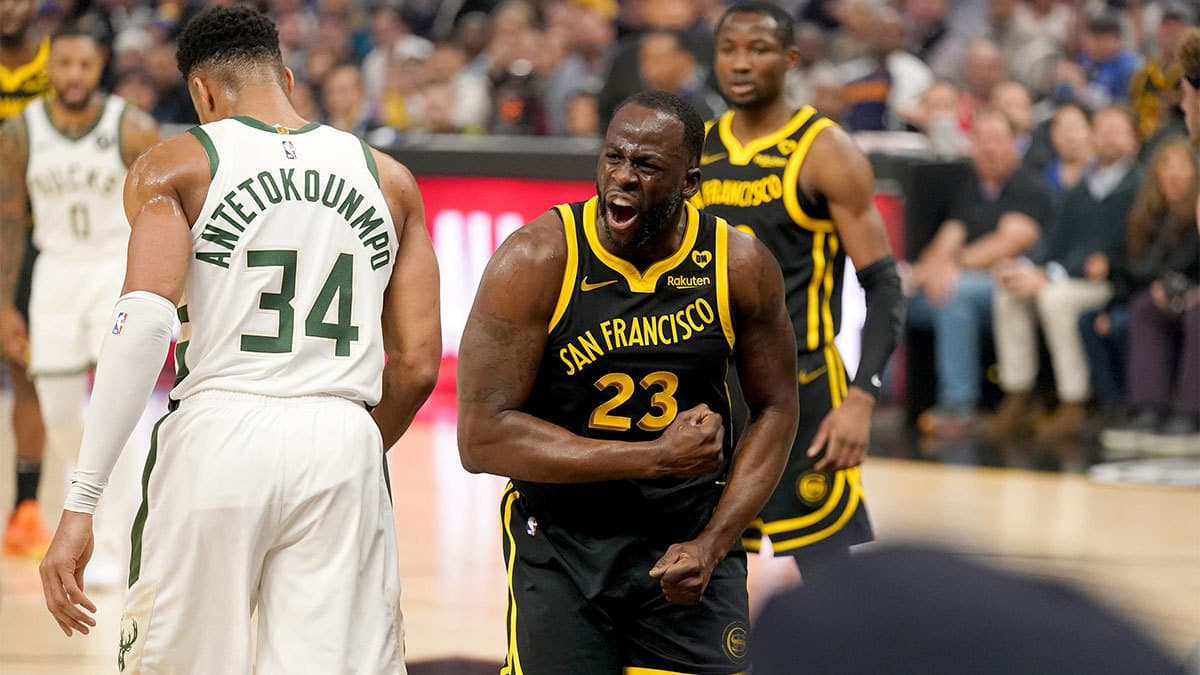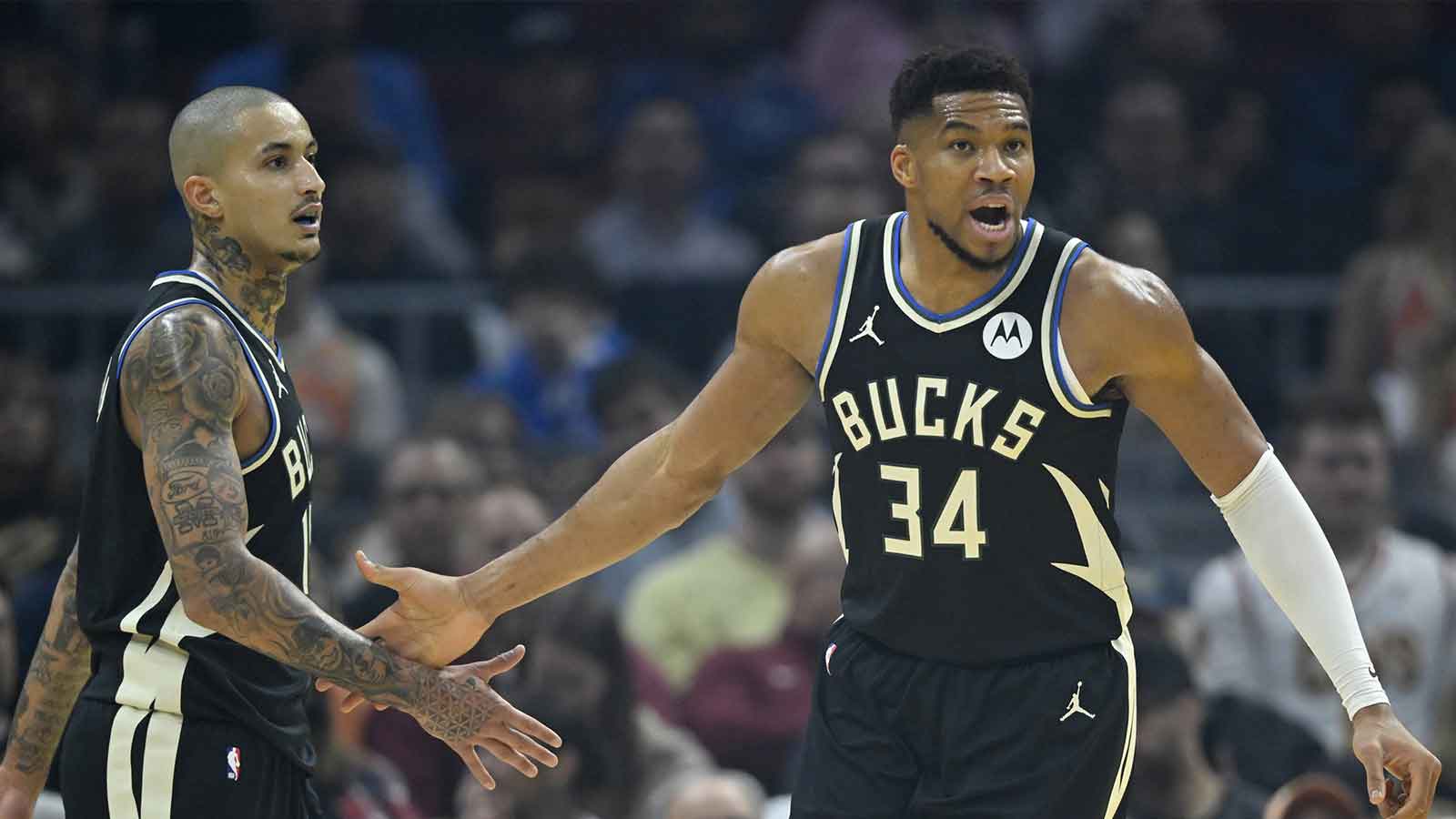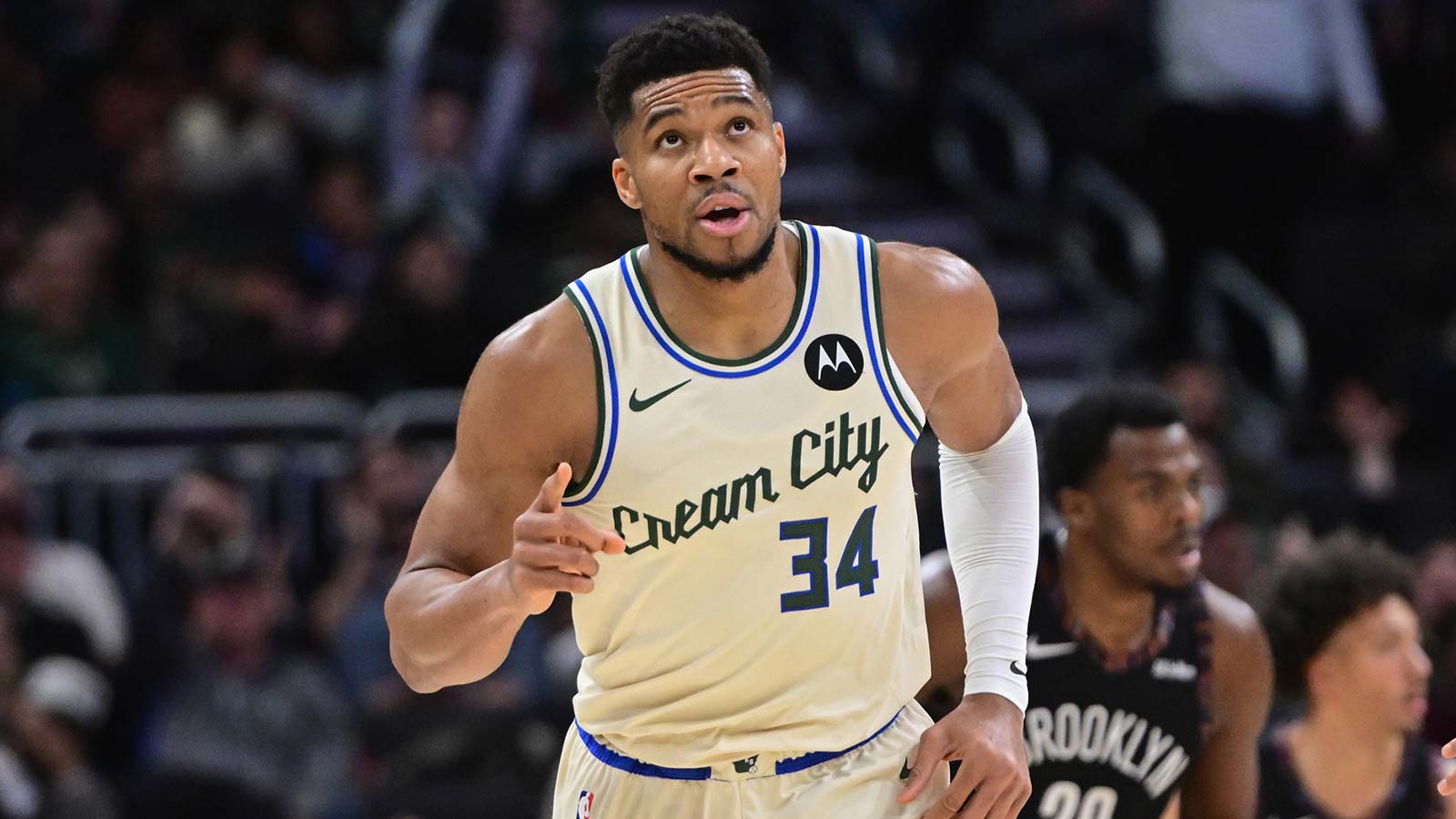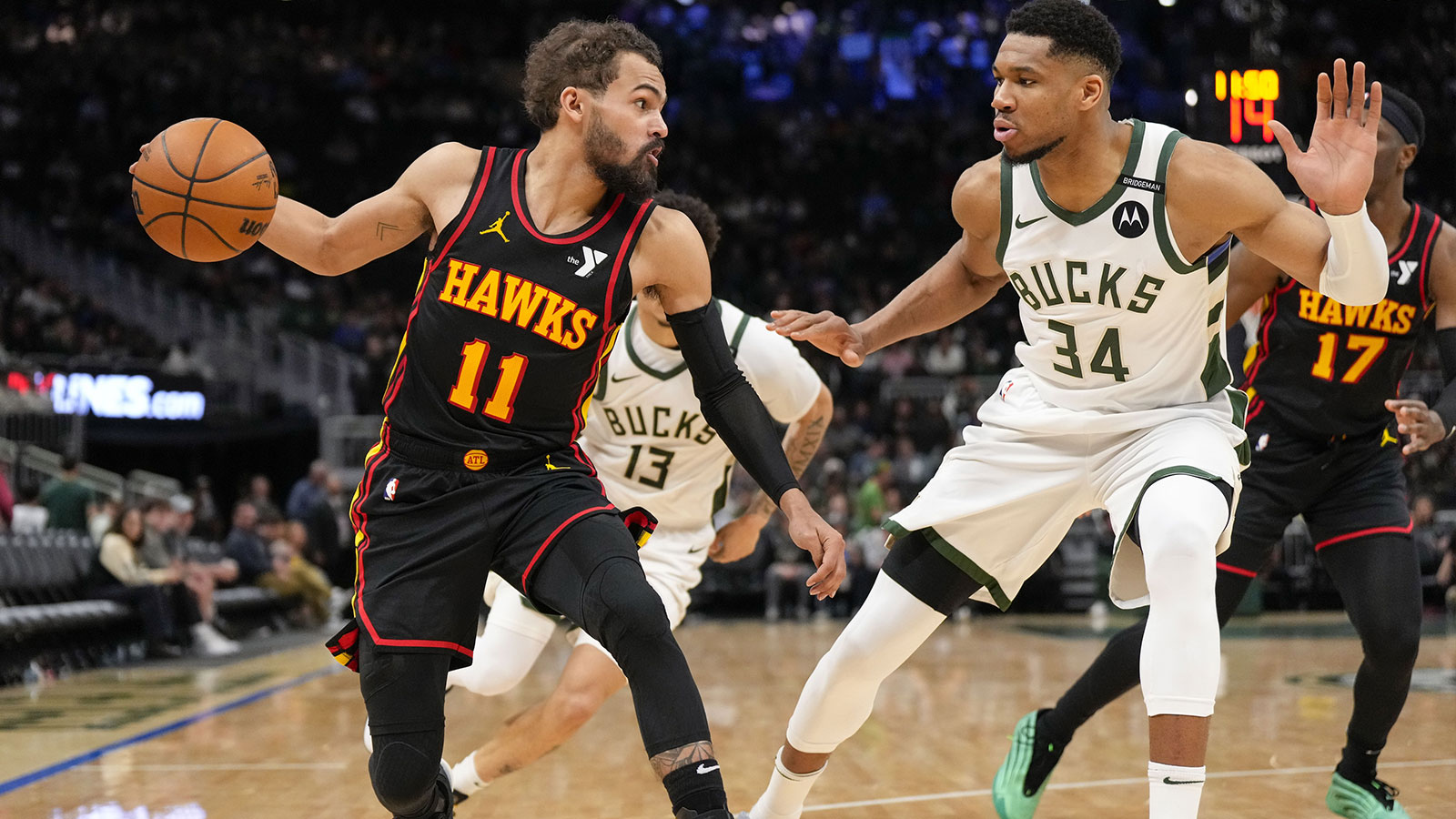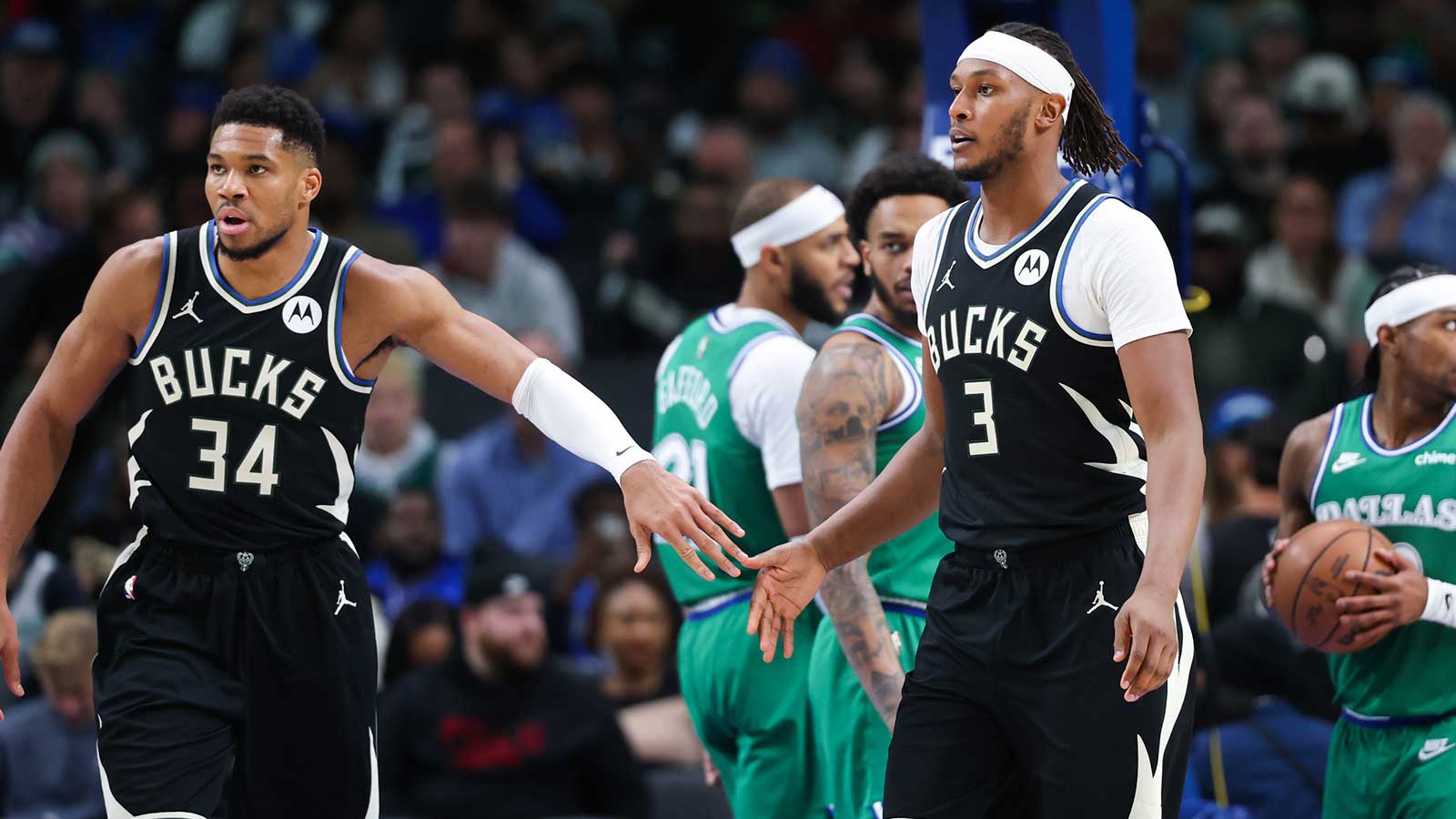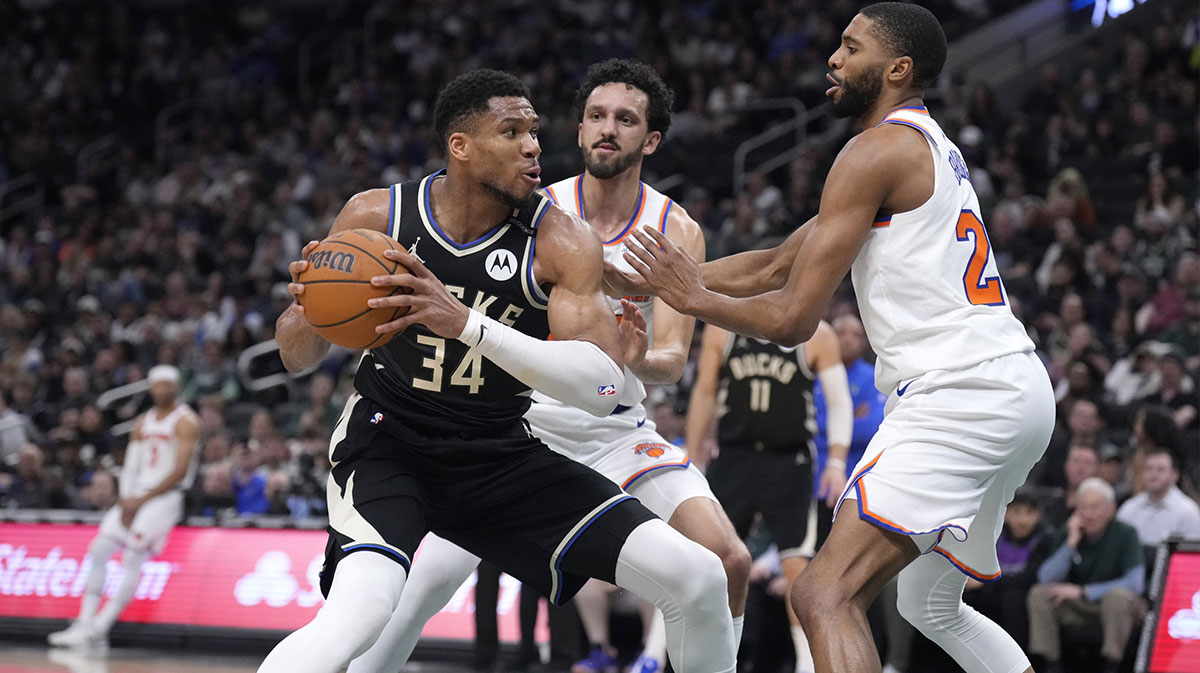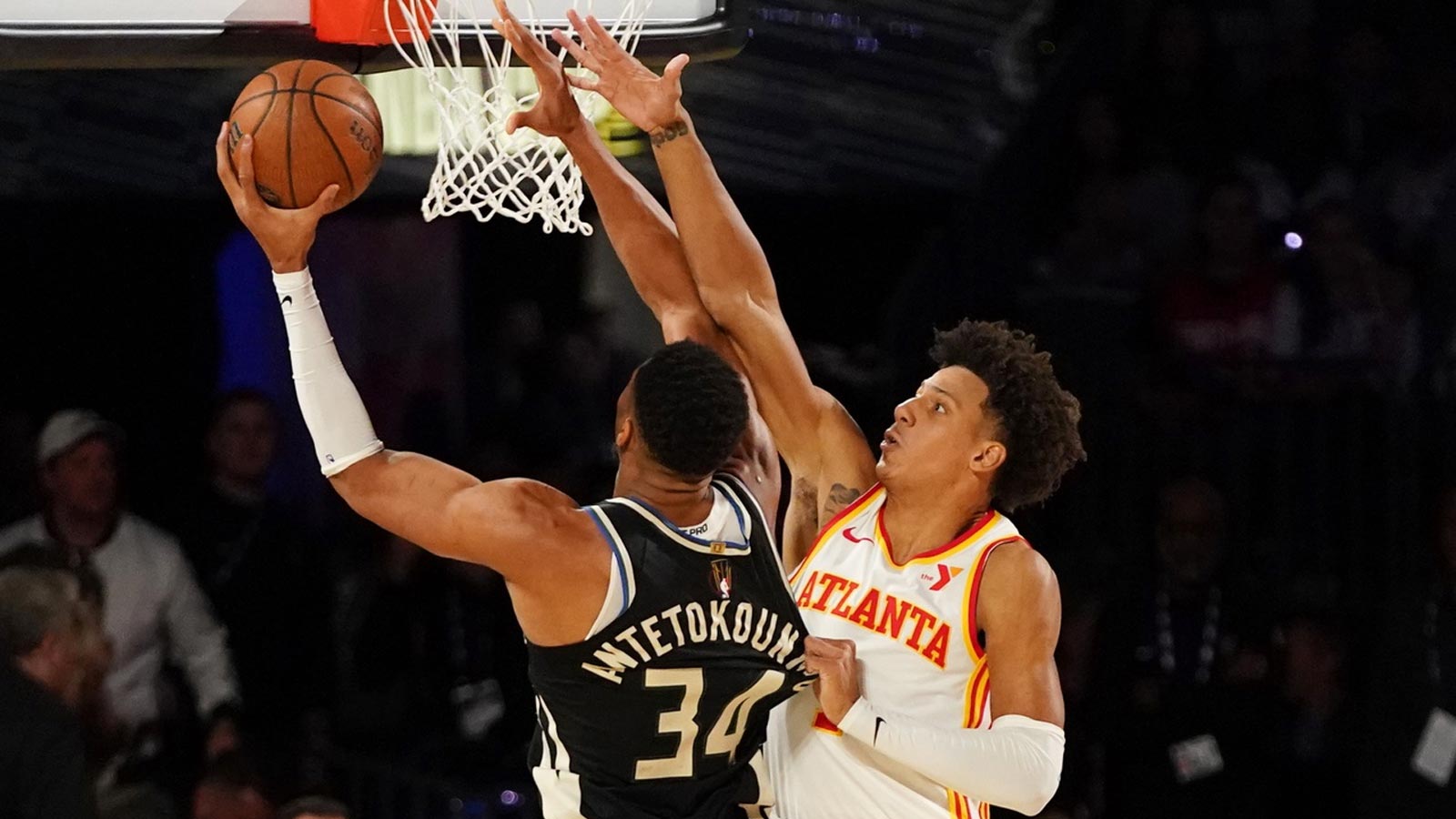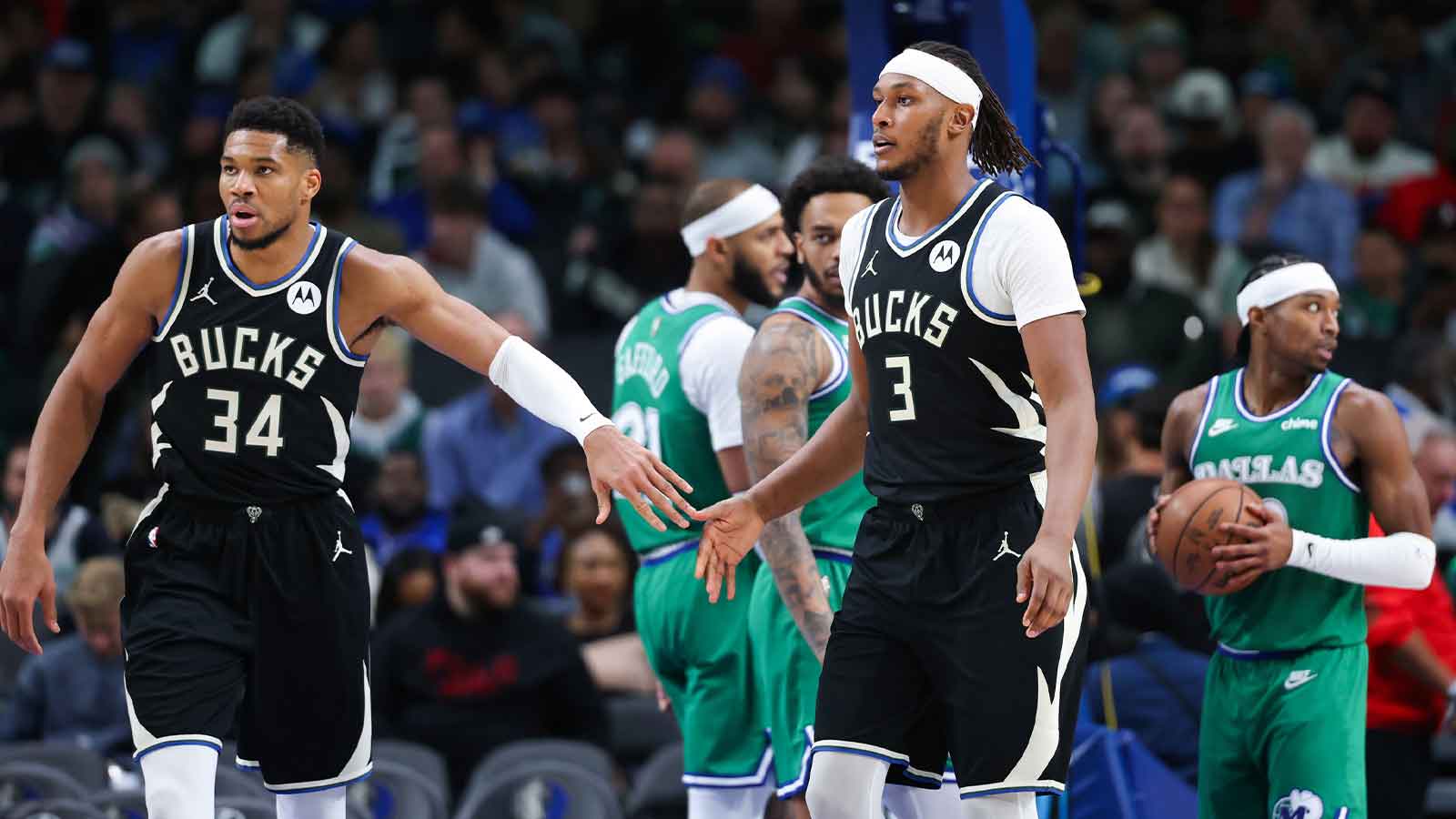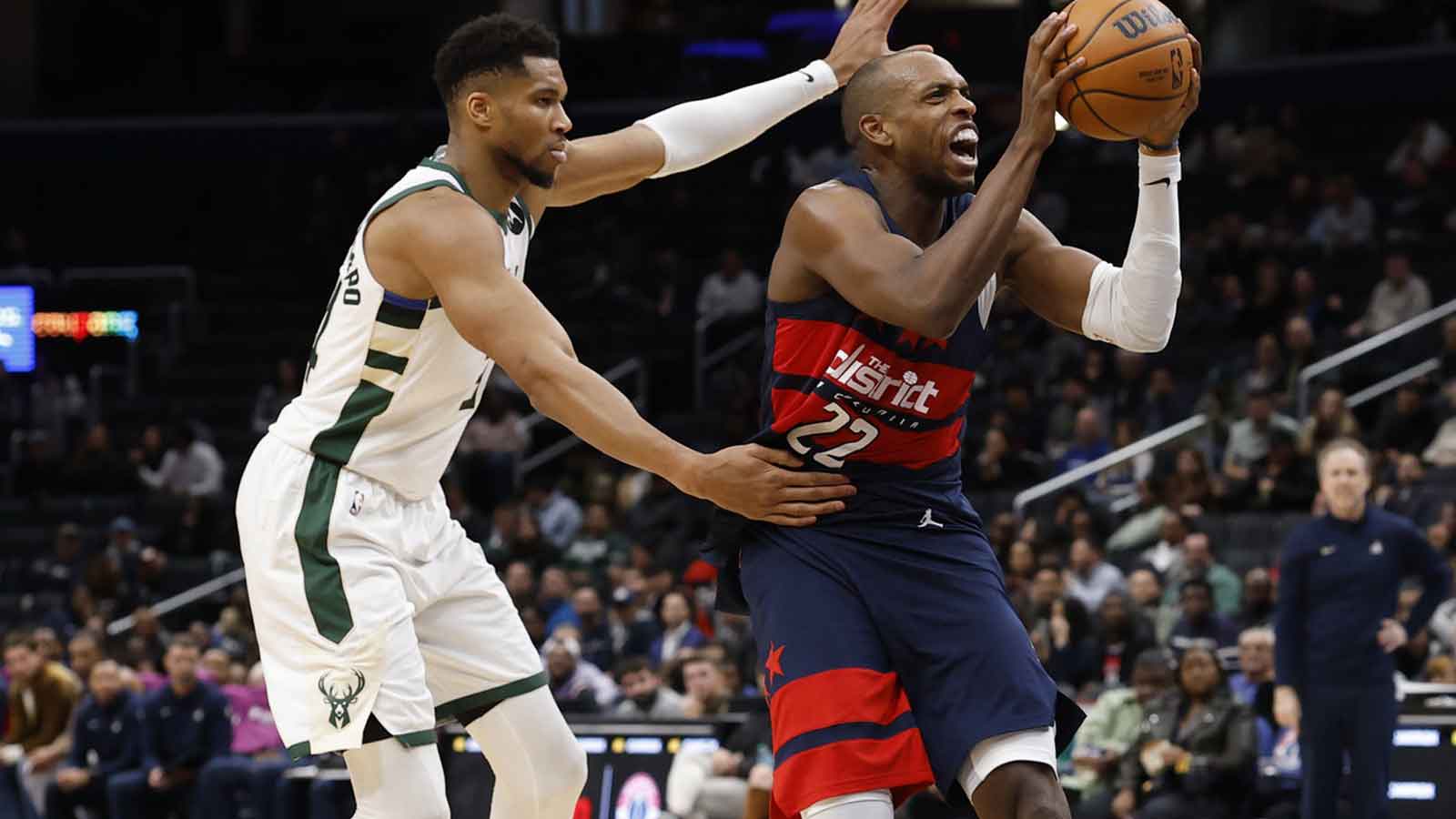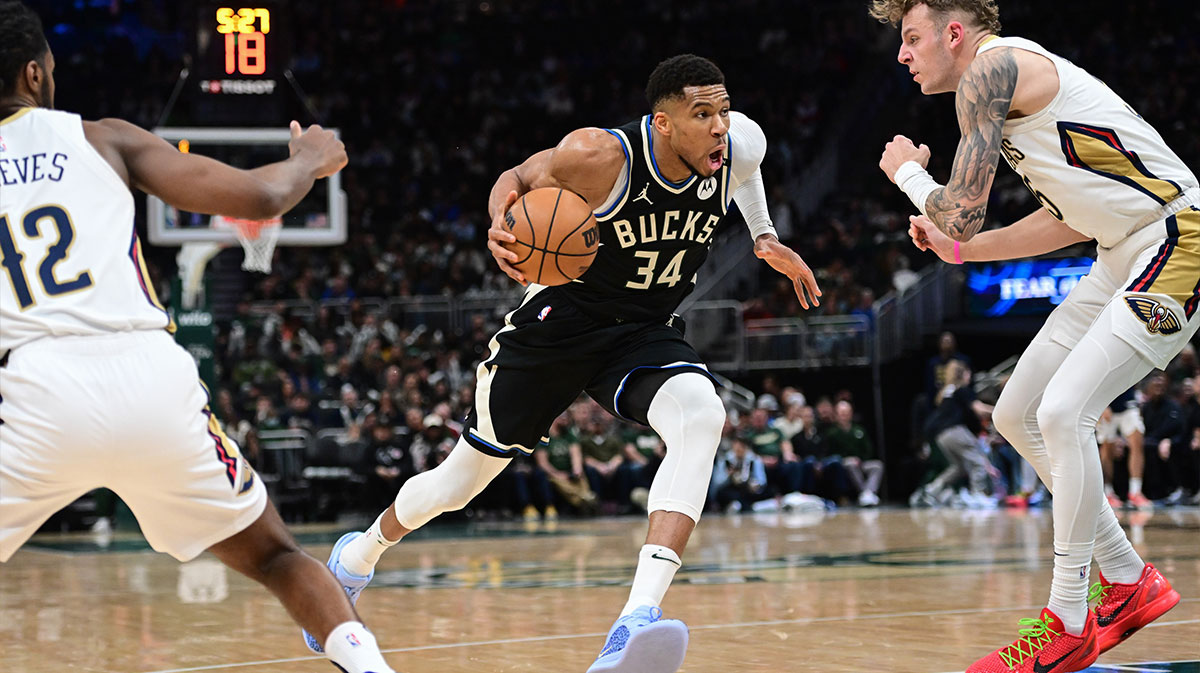The Milwaukee Bucks were founded in 1968 as an expansion franchise. Since then, several of the NBA's greatest centers have suited up for the team, shoring its all-time depth chart at the five. In this piece, we'll take a look at who we believe to be the five best.
5. Frank Brickowski
The Bucks acquired Frank Brickowski from the San Antonio Spurs during the 1990 offseason. His best production as a pro came with Milwaukee during the 92-93′ season when he turned in averages of 16.9 points on 54.5 percent shooting from the field, 6.1 rebounds, 3.0 assists, and 1.2 steals per game.
Though he played well for the Bucks, Brickowski got into a bit of legal trouble during the 91-92′ campaign. According to several reports, the former Penn State Nittany Lion was found with an ounce of marijuana at his Montana ranch. After pleading guilty, he was forced to pay a $2,000 fine and undergo drug counseling.
4. Jack Sikma
After earning seven All-Star nods and an NBA championship with the Seattle SuperSonics in 1979, Jack Sikma was traded to the Bucks in exchange for Alton Lister, who is also one of Milwaukee's all-time great big men.
Sikma was a center, but he wasn't a traditional one — especially for his era. He had one of the smoothest free-throw strokes in the league. In fact, the former 8th overall pick once set a record of 51 games without missing a shot from the stripe. For a bit more perspective, he finished the 1987-88 campaign with a career-high 92.2 percent mark from the line.
In his five seasons with Milwaukee (392 games), Sikma averaged 13.4 points on 45.0 percent shooting from the field (88.0 percent from the free-throw line), 7.9 rebounds, and 2.9 assists.
Sikma, who also led the NBA in defensive rebounds in both 1981–82 and 1983–84, is ranked second on the Bucks' all-time list for free-throw percentage.
3. Andrew Bogut
Younger NBA fans may only remember Andrew Bogut in a Golden State Warriors uniform, but the Australian-born big man actually played some of his best basketball while giving a horde of Bucks news, at the time, more buzz.
Bogut's impact on the Bucks franchise was immediate. As a rookie, he played in all 82 regular-season games, averaging 9.4 points and 7.0 rebounds per game. As a result, he earned All-Rookie First Team honors and finished third in votes for the NBA Rookie of the Year Award.
At 7-0 and 260 pounds, Bogut was a force to be reckoned with on the low block. His best performance as a pro came during the 2009-10 campaign when he turned in averages of 15.9 points on 52.0 percent shooting, 10.2 rebounds, and 2.5 blocks per game. Unfortunately, his breakout season was cut short after suffering a series of injuries (broken hand, dislocated elbow, and sprained wrist) in a fall during an April game against the Phoenix Suns. He returned to the line-up in 2010–11, playing in 65 games and leading the league in blocks (2.6 per game).
Bogut suffered another injury in January of 2012, fracturing his ankle. The ailment forced him to the sidelines for the remainder of the season. He was later traded to the Warriors, where he would eventually become an NBA champion (2015).
Bogut ranks near the top in several all-time categories for Milwaukee. He's fourth in blocks (642), fourth in offensive rebounds (1,148), and second in defensive rebounds (2,662).
2. Bob Lanier
The Detroit Pistons traded Bob Lanier to the Bucks in February of 1980 for Kent Benson and a 1st-round draft pick that would later turn into Larry Drew.
Most of Lanier's glory days came with the Pistons. In fact, he is still Detroit's all-time leader in points per game (22.7). However, the former No. 1 overall pick was a solid player for the Bucks as well. Playing alongside Marques Johnson, Sidney Moncrief, Quinn Buckner, Junior Bridgeman, and Dave Cowens, the Bucks won the Midwest Division championship five times.
In his 278 games played with the Bucks, Lanier averaged 13.5 points, 5.9 rebounds, 2.7 assists, and 1.0 steals in 26.0 minutes per outing. He was also named an All-Star in 1982, which marked his eighth invitation to the event. He had a smooth hook shot from the lane, a great outside shot, and superb rebounding skills.
One of the game's greatest big men, Lanier was inducted into the Naismith Memorial Basketball Hall of Fame in 1992.
Rightfully so, Kareem Abdul-Jabbar is viewed as one of the greatest players in NBA history. Born as Ferdinand Lewis Alcindor Jr. in 1947, the New York native would go on to become one of the most decorated athletes of all-time.
Kareem's list of accolades is longer than a country mile. The former UCLA standout is a six-time NBA champion (one coming with Milwaukee in 1971), a six-time league MVP, 19-time All-Star, and 10-time All-NBA First Team selection. He also led the league in scoring twice and became the rebounding champion in 1976. And, as a testament to his defensive prowess, he led the NBA in blocks four times.
In what was their second year of existence, the Bucks selected Abdul-Jabbar with the No. 1 overall pick in the 1969 NBA Draft. Notably, he had a $1 million dollar offer from the Harlem Globetrotters, but he ultimately declined.
Kareem made an immediate impact on the Bucks. In the 1969–70 season, he led Milwaukee to a second-place finish in the Eastern Division with a 56–26 record. For perspective, the team went 27–55 in the previous year. He ranked second in the league in scoring (28.8 points per game) and third in rebounds (14.5) during his rookie campaign. As a result, he was named the NBA's Rookie of the Year.
Alongside Oscar Robertson, the Bucks went on to register the best record in the league the following season (66 wins). In the playoffs that year (1970-71), Milwaukee went 12–2 to claim its first (and only) championship, which included a four-game sweep of the Baltimore Bullets in the NBA Finals. Kareem would go on to help the Bucks repeat as division leaders for the next four years before being traded to the Los Angeles Lakers.
To this day, Kareem is still the all-time leader in a host of categories for the Bucks, including total rebounds (7,161), points (14,211), field goal percentage (54.7), minutes per game (42.7), and player efficiency rating (26.7).








